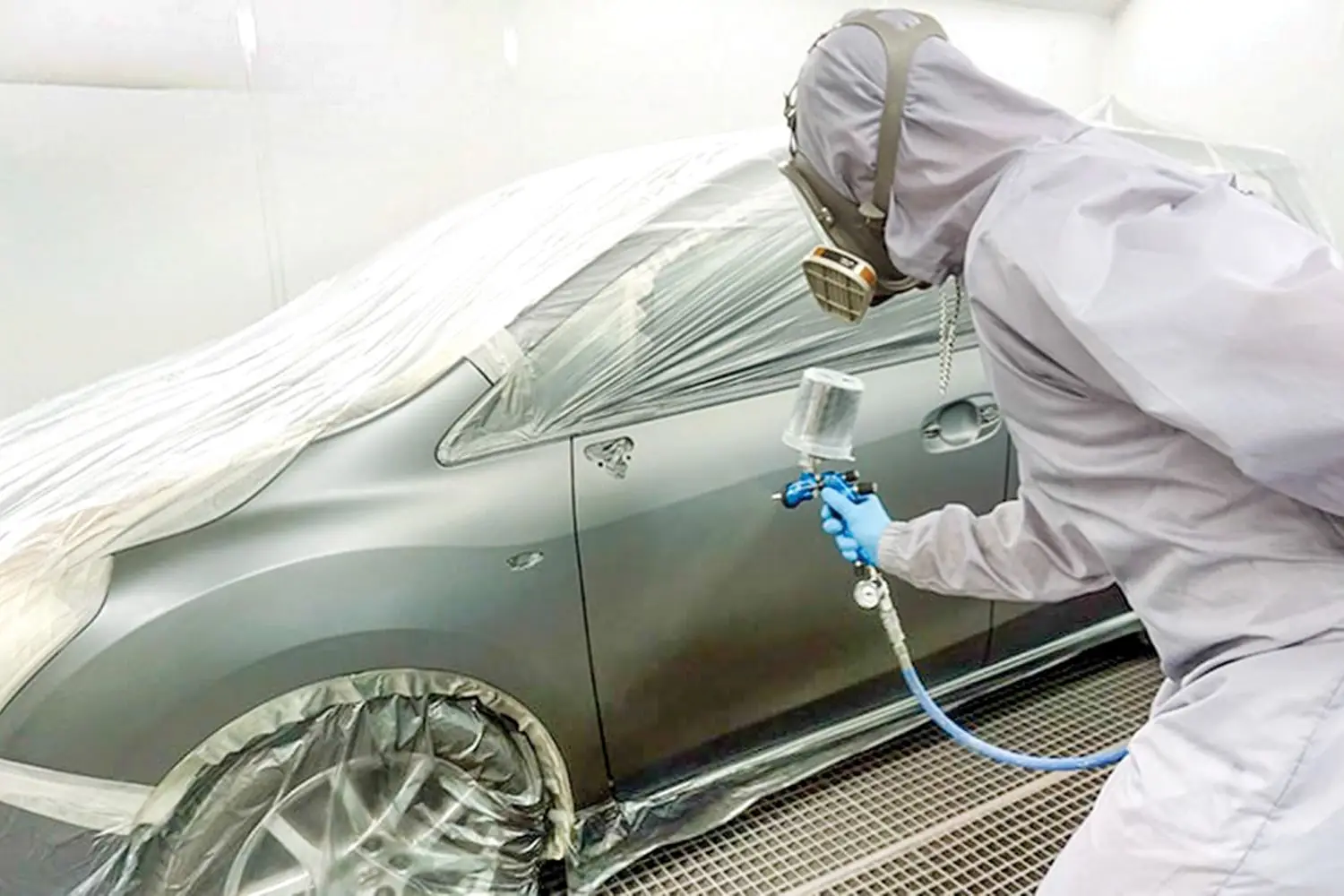Does paint blending truly takes less time than a full-panel paint job?
by David Ribeiro
Industry associations have one common trait—we provide a collective voice for individual businesses within an industry. A quality representation of this took place this past November during the SEMA trade show in Las Vegas, where the Society of Collision Repair Specialists (SCRS) revealed the results of a comparative analysis between full refinish and blend operations.
The question posed was simple, yet it is one that has nagged industry for a long time: Do you believe it takes more, less, or the same amount of time to complete a blend as a full panel paint? Although many have questioned the three main estimating platforms’ practice of allocating 50% less refinish time for blending, it required a comprehensive study to provide the evidence to respond definitively. SCRS was able to obtain participation in the study with industry leading companies 3M, AkzoNobel Vehicle Refinishes, Axalta Coating Systems, BASF Automotive Refinish, DEKRA North America, Ford Motor Company, Global Finishing Solutions, PPG Industries, and Sherwin-Williams Automotive Finishes.
What is a blend and why do we need it? With some colours, it may be necessary to blend colour into adjacent panels to obtain an acceptable colour match. Blending is the process of applying colour to a portion of the outer surface to create the appearance of a color match between the two surfaces. While colour is only added to a portion of the outer surface, the entire panel is cleaned, prepped, sanded, masked, and clear-coated.
The pedigrees of the technicians who participated in the study are impressive. These technicians are arguably the best of the best, with experience levels ranging from 23 to 37 years, with most carrying roles as industry trainers. To further validate the results, all paint and blends were on 54 new and undamaged Ford doors and fenders (the most appraised truck in the USA).
DEKRA, an independent testing, inspection, and certification entity, audited and validated the results. It is important to note that this was not a time study but a comparison between refinish operations. The study did not measure estimating platform paint times, just the percentage or tracking of administrative steps. Each company followed their own paint steps.
Study Findings
The results of this study indicate that blending, on average, takes 31.59% more time than a full refinish, rather than the 50% less time, as allocated by the three estimating systems. The findings suggest that the contention that blending a panel should not be allocated less time than a full refinish panel is well founded. Besides concluding that the existing 50% formula may not be an accurate representation, the implication is that a reduction of refinish values reduces compensation for both labour and materials.
Previous requests asking the three main estimating platforms to re-evaluate the blend formula have been dismissed. This study has challenged the idea that blending does not take half the time of a full refinish, as the formula suggests. I have personally reached out to Mitchell, who has confirmed that they have been in contact with SCRS.
A copy of the analysis can be found here.
